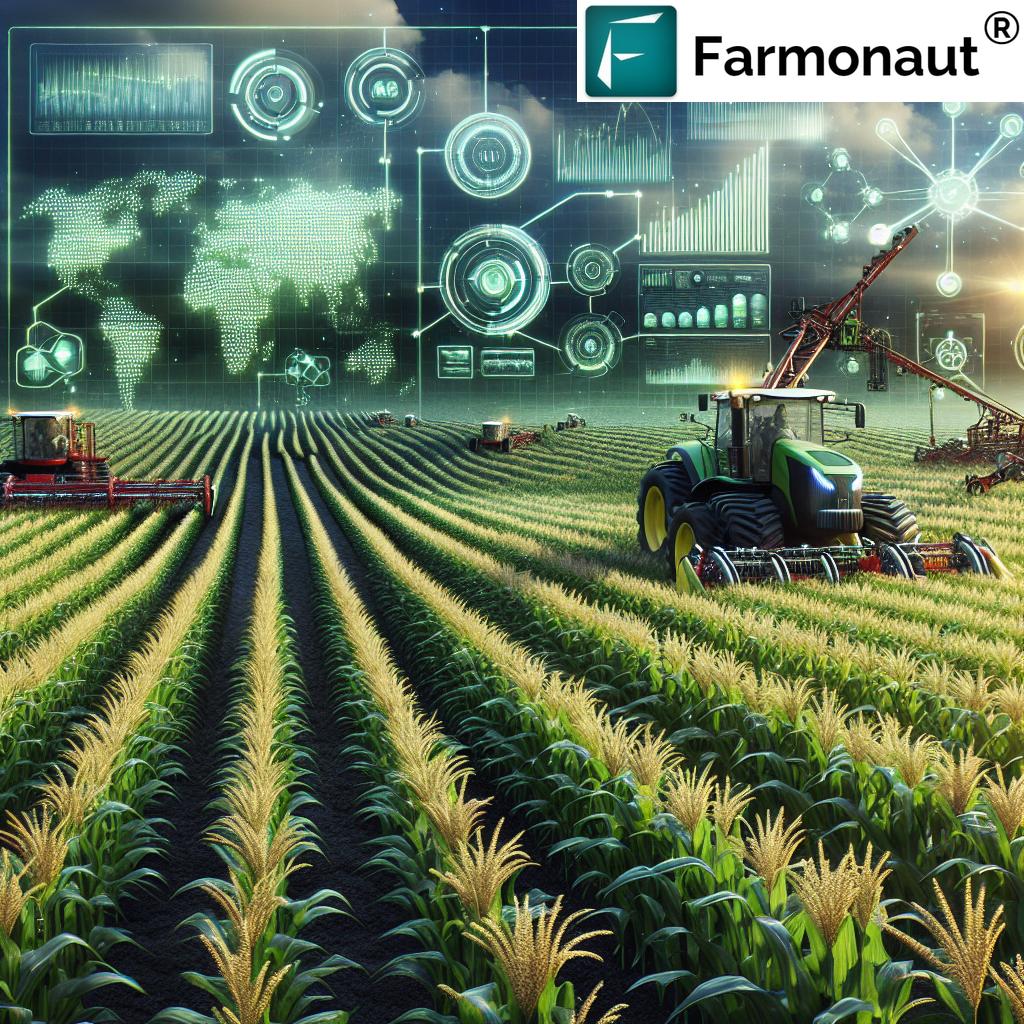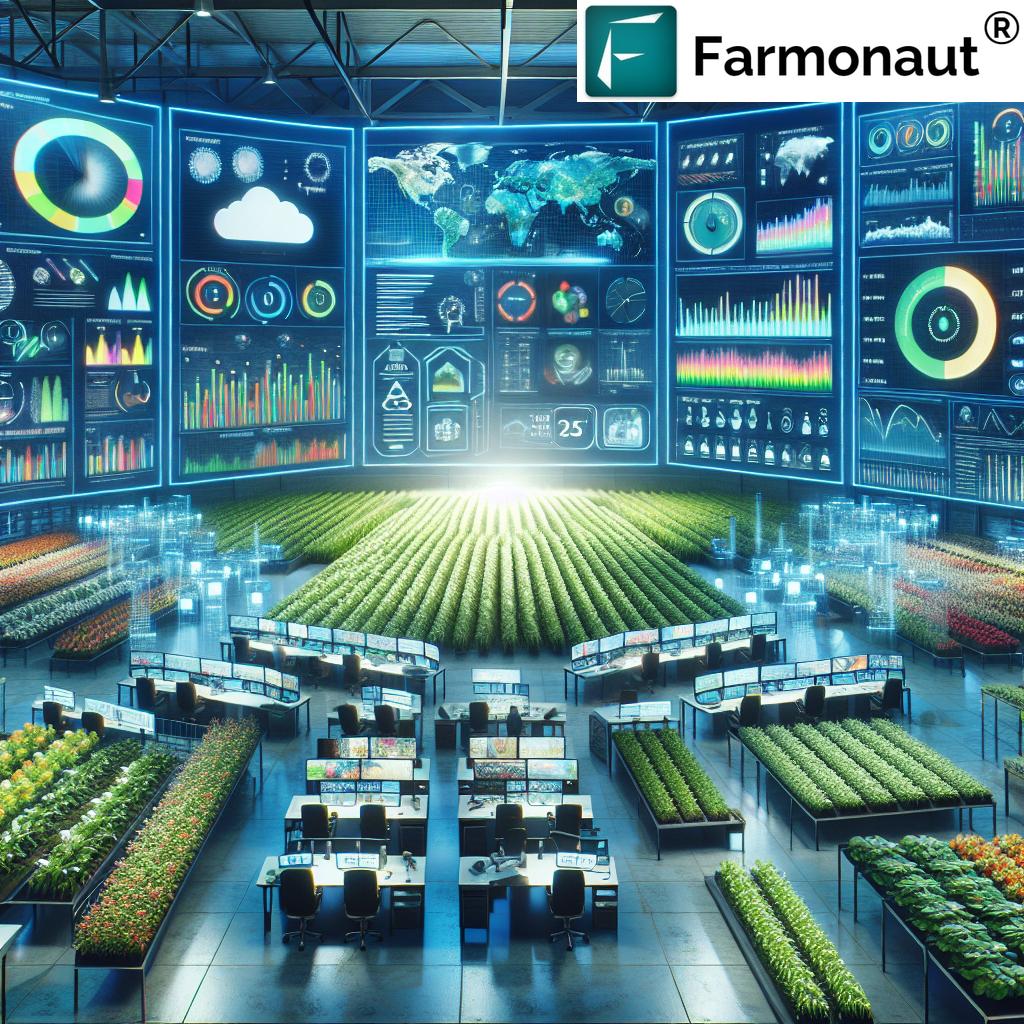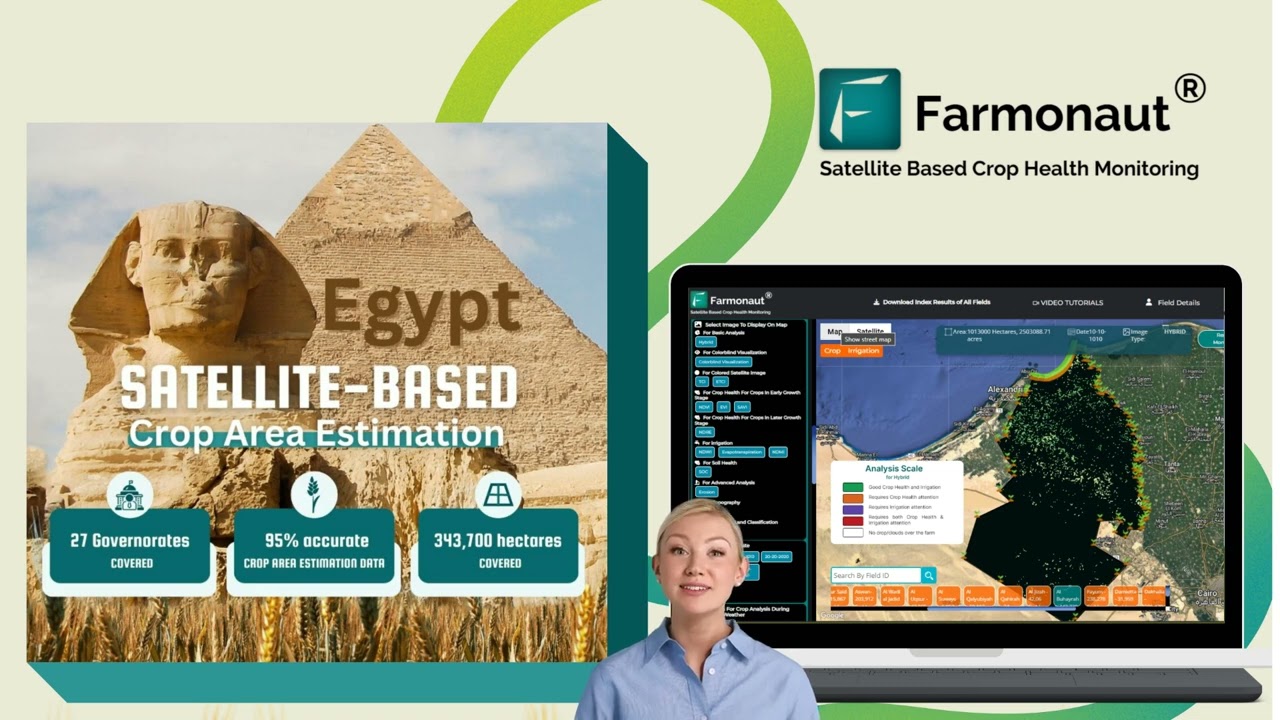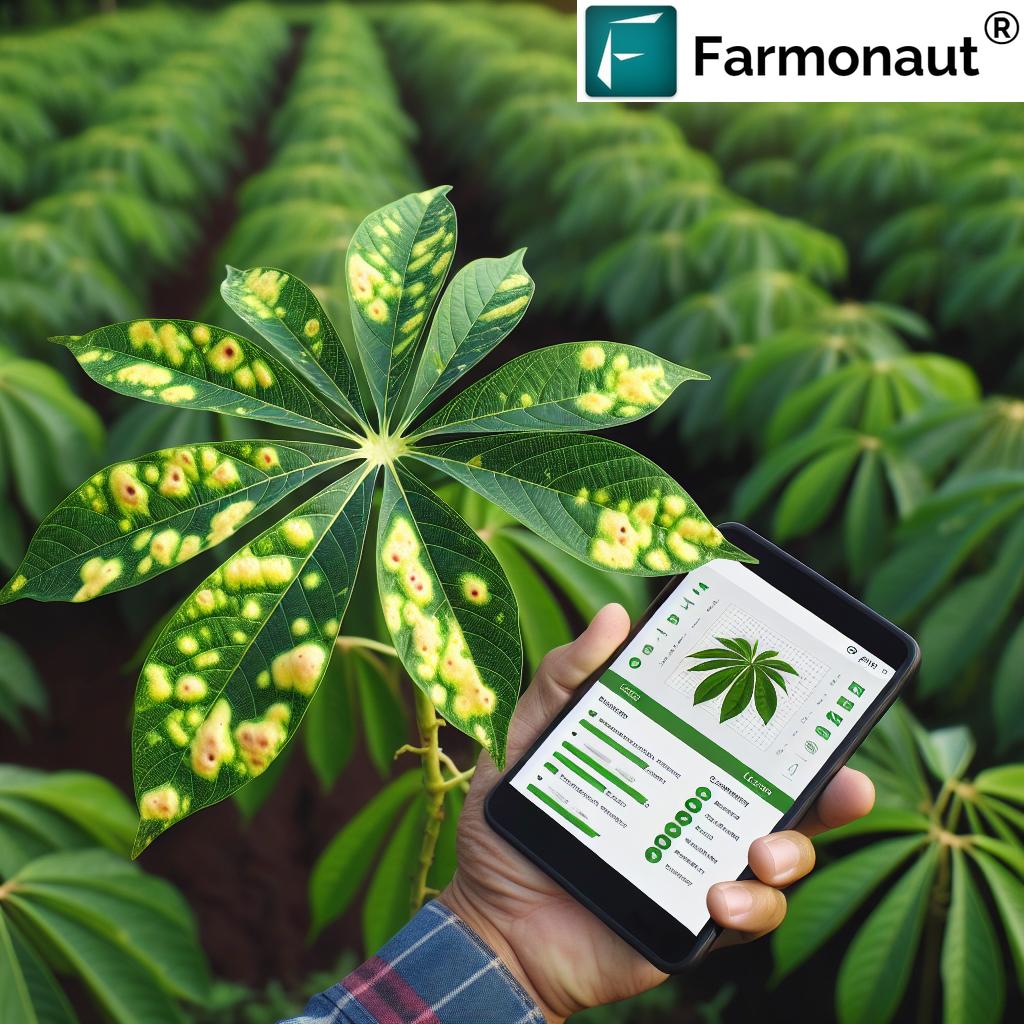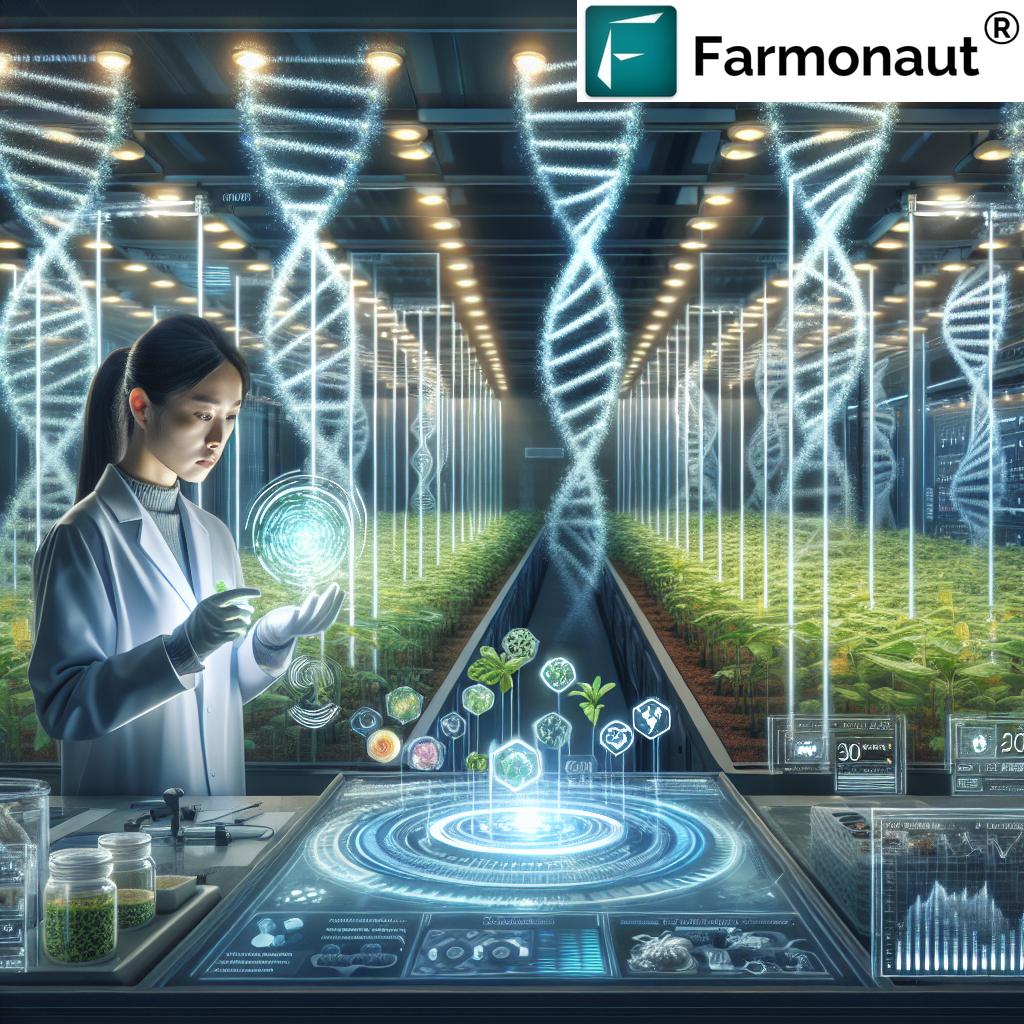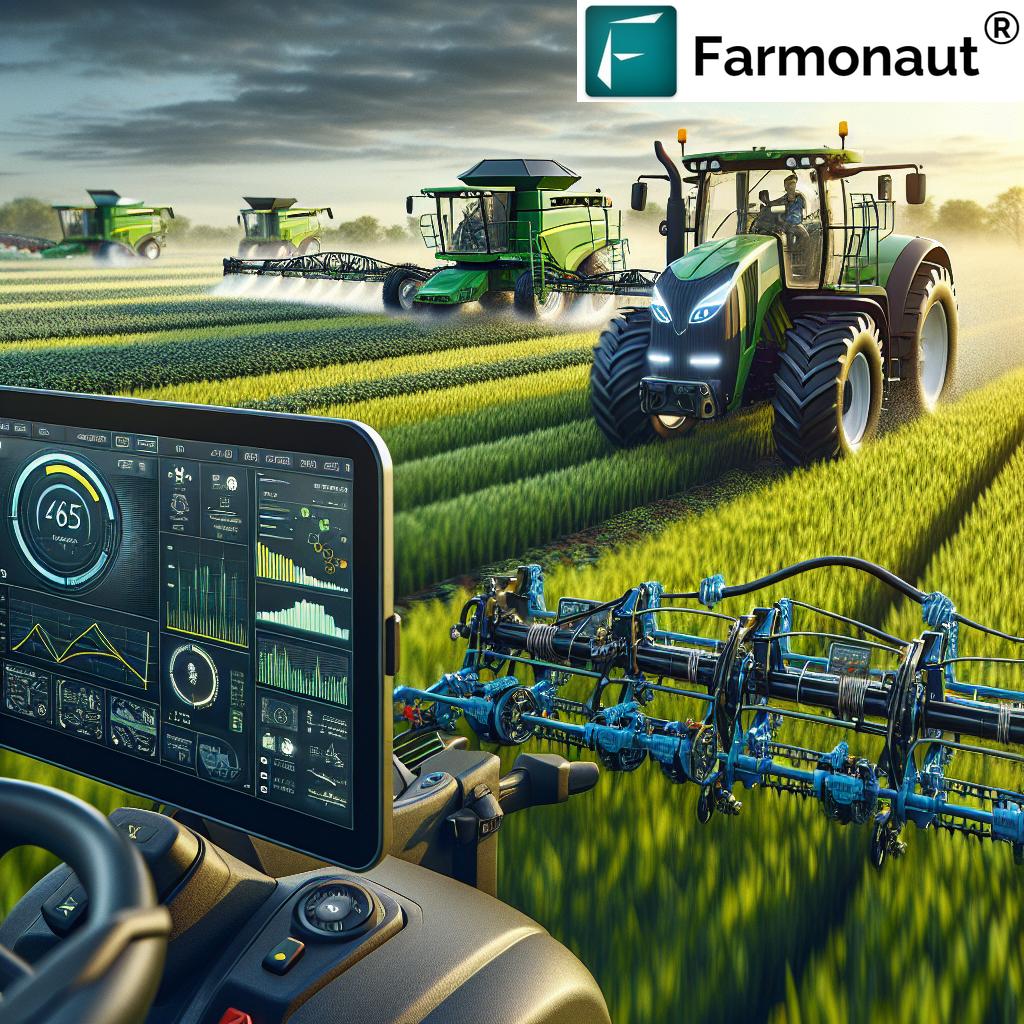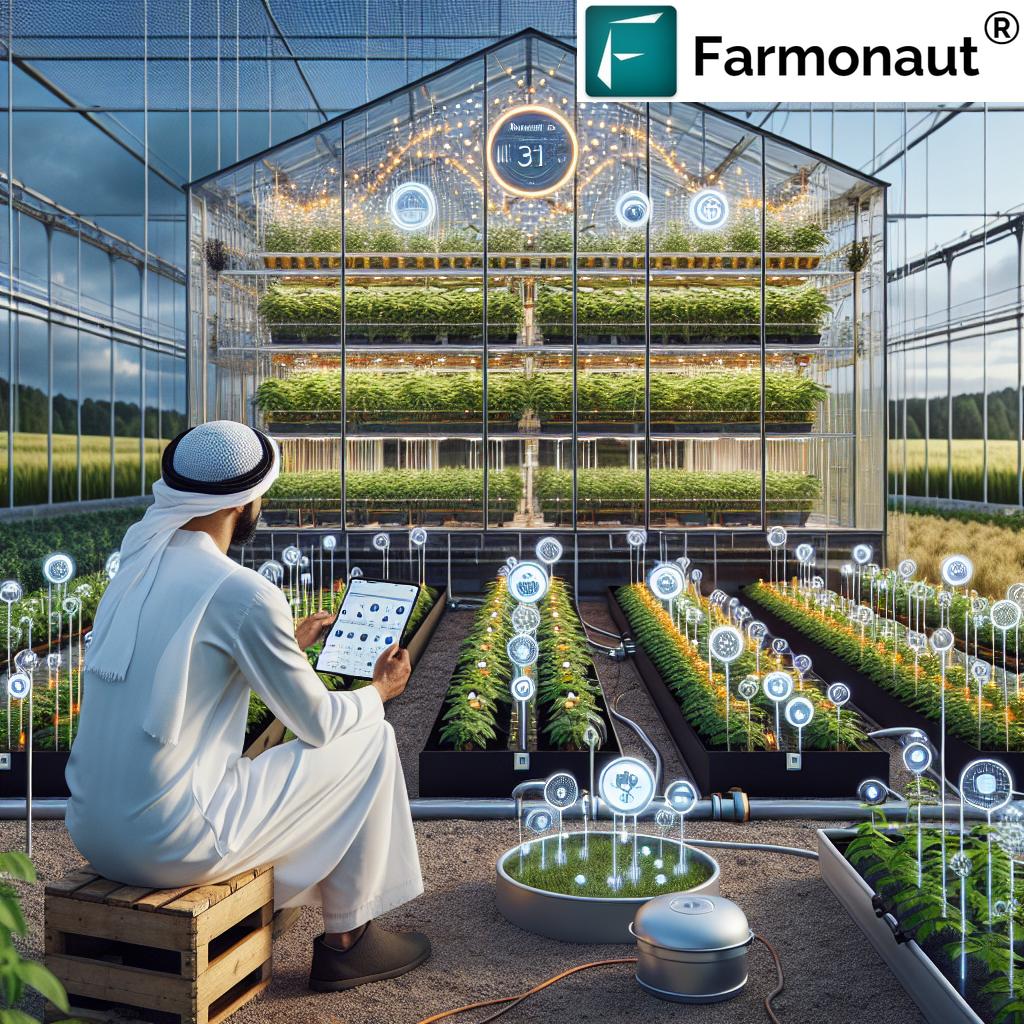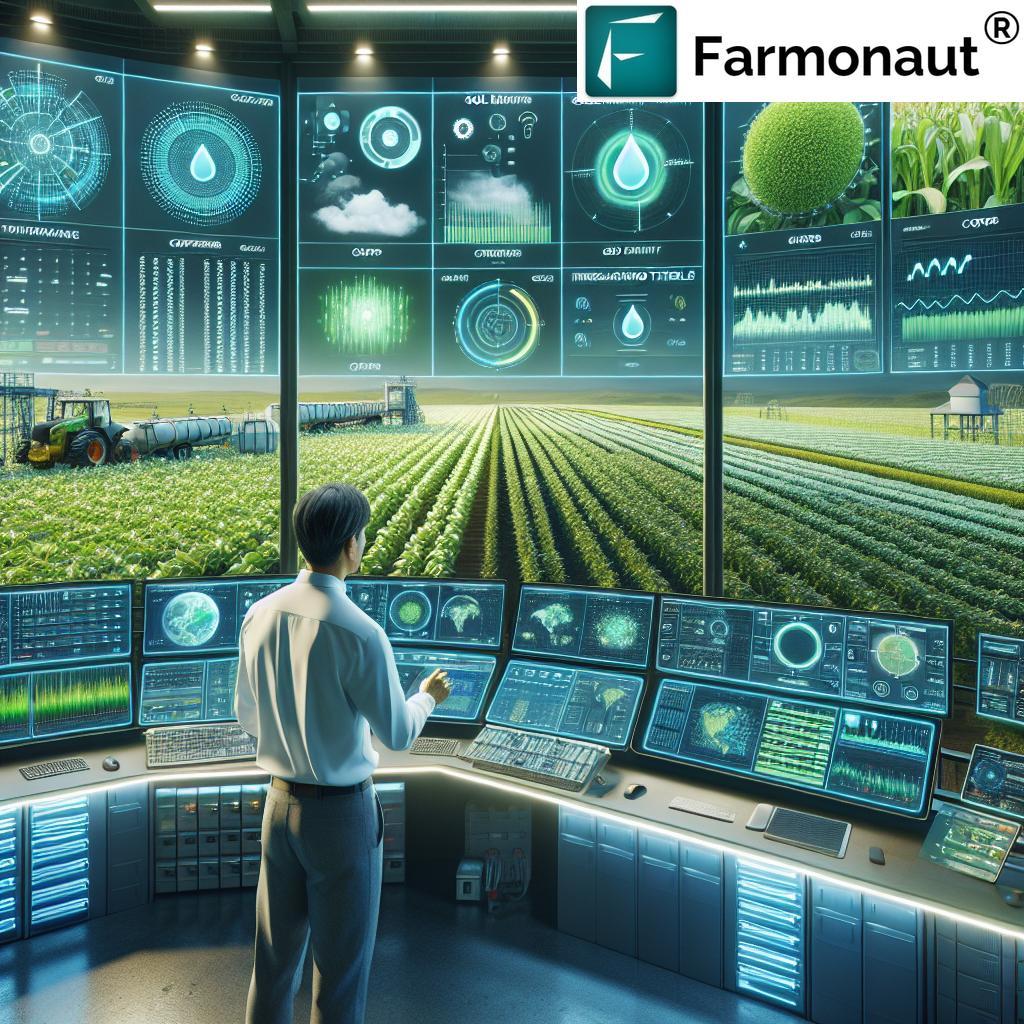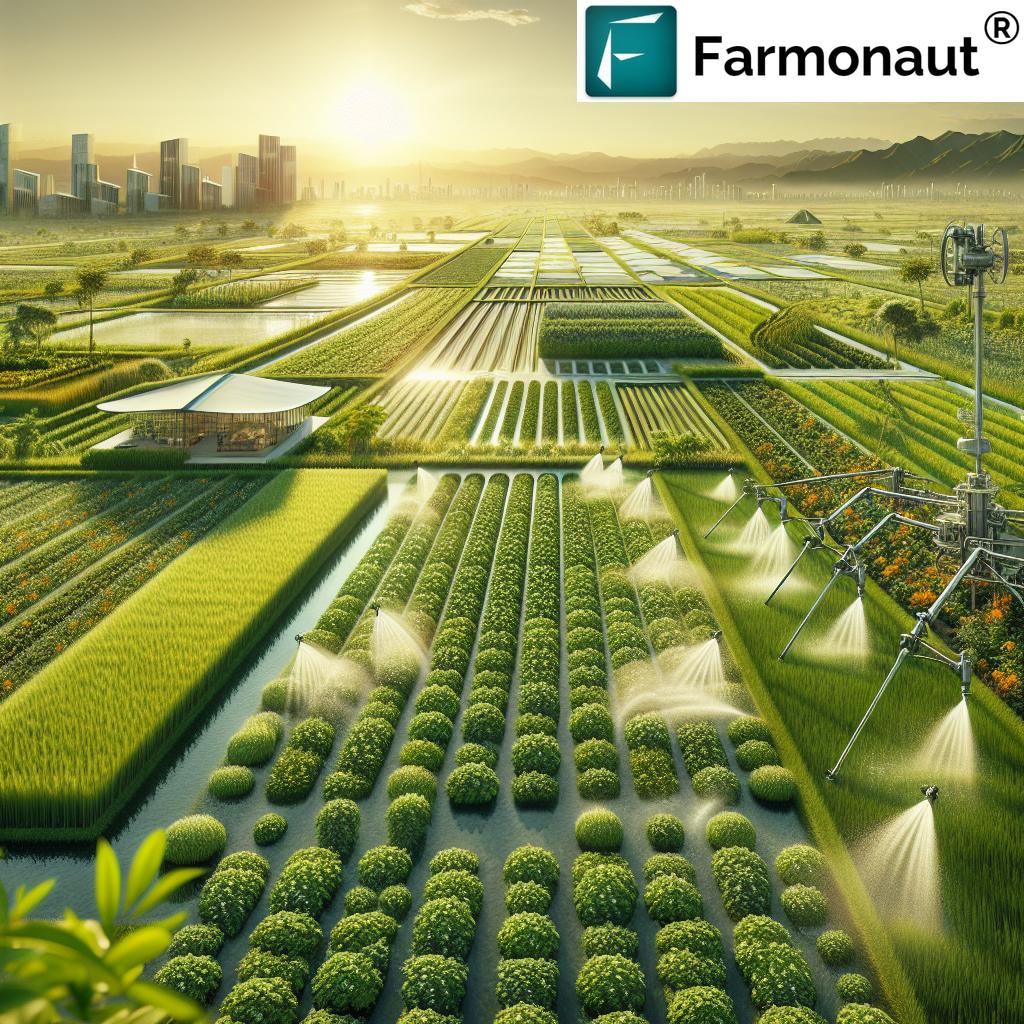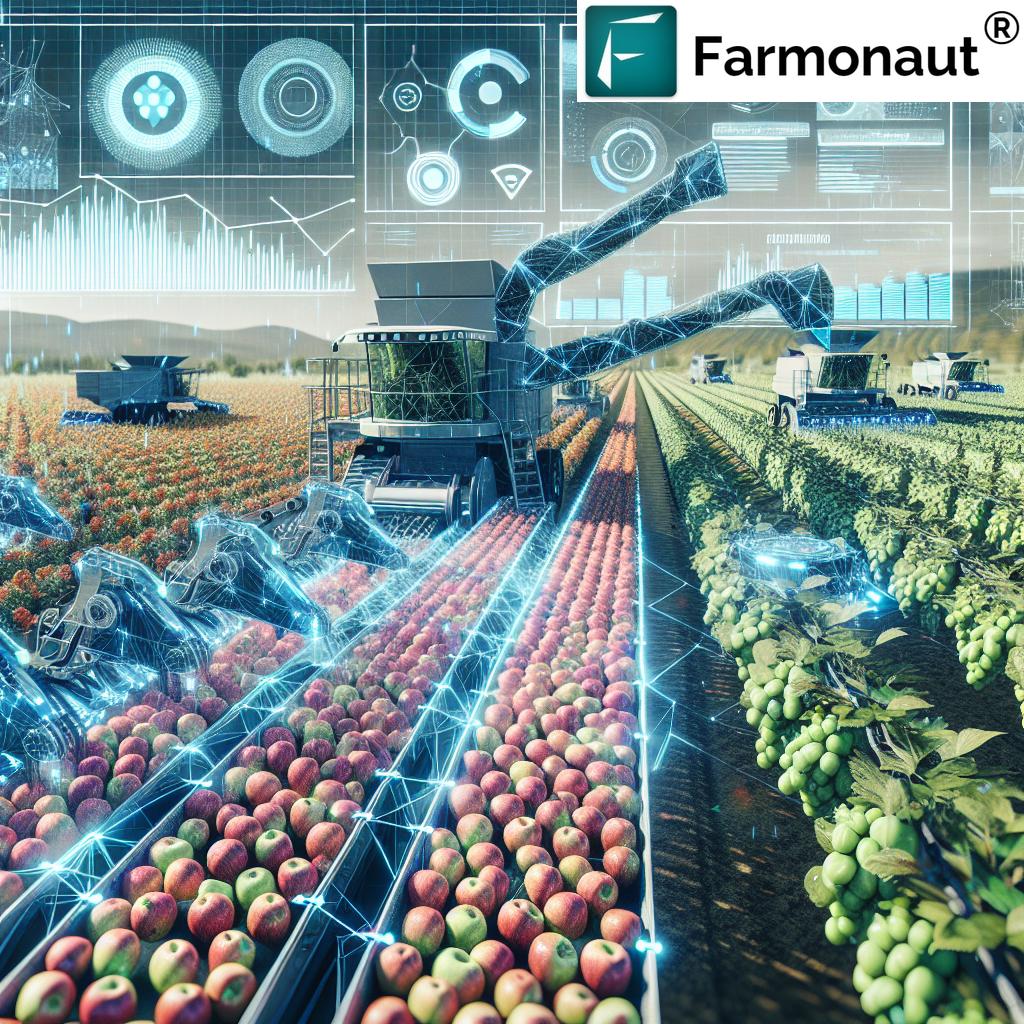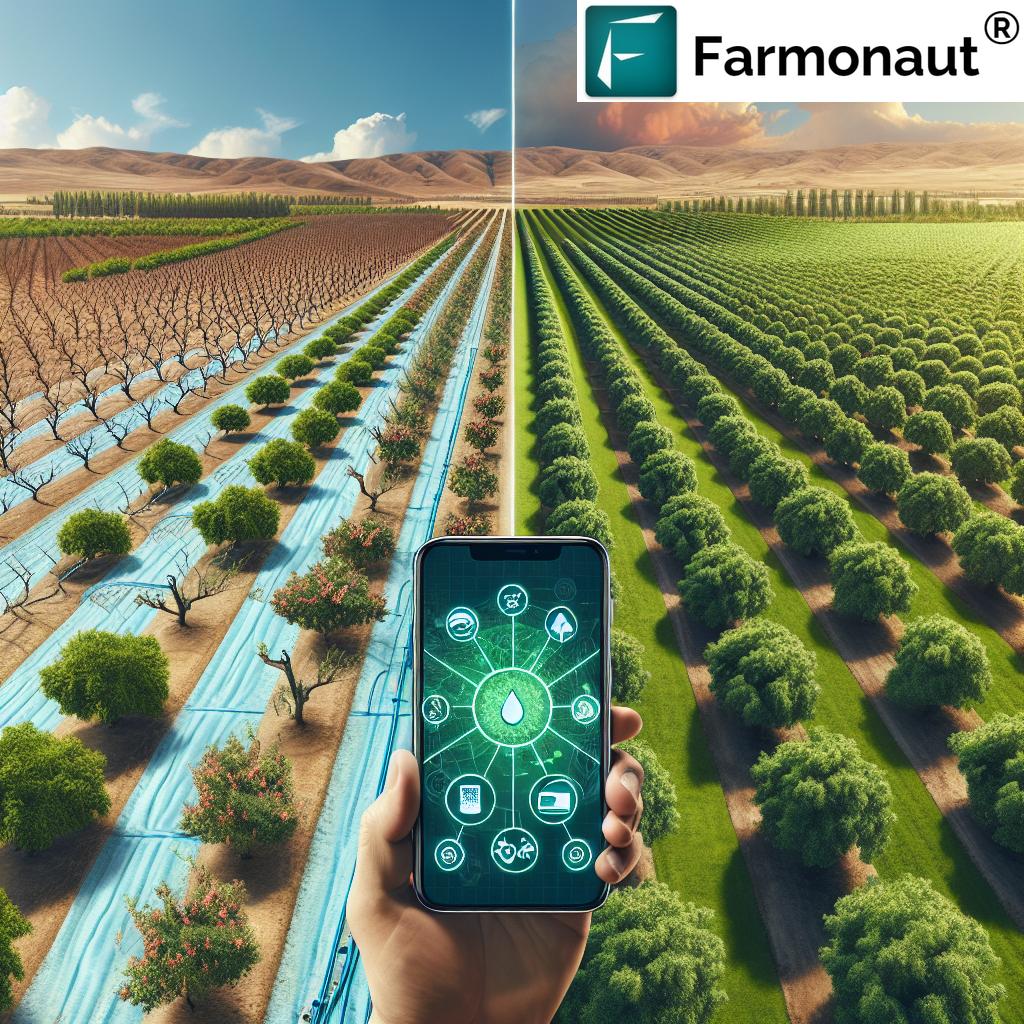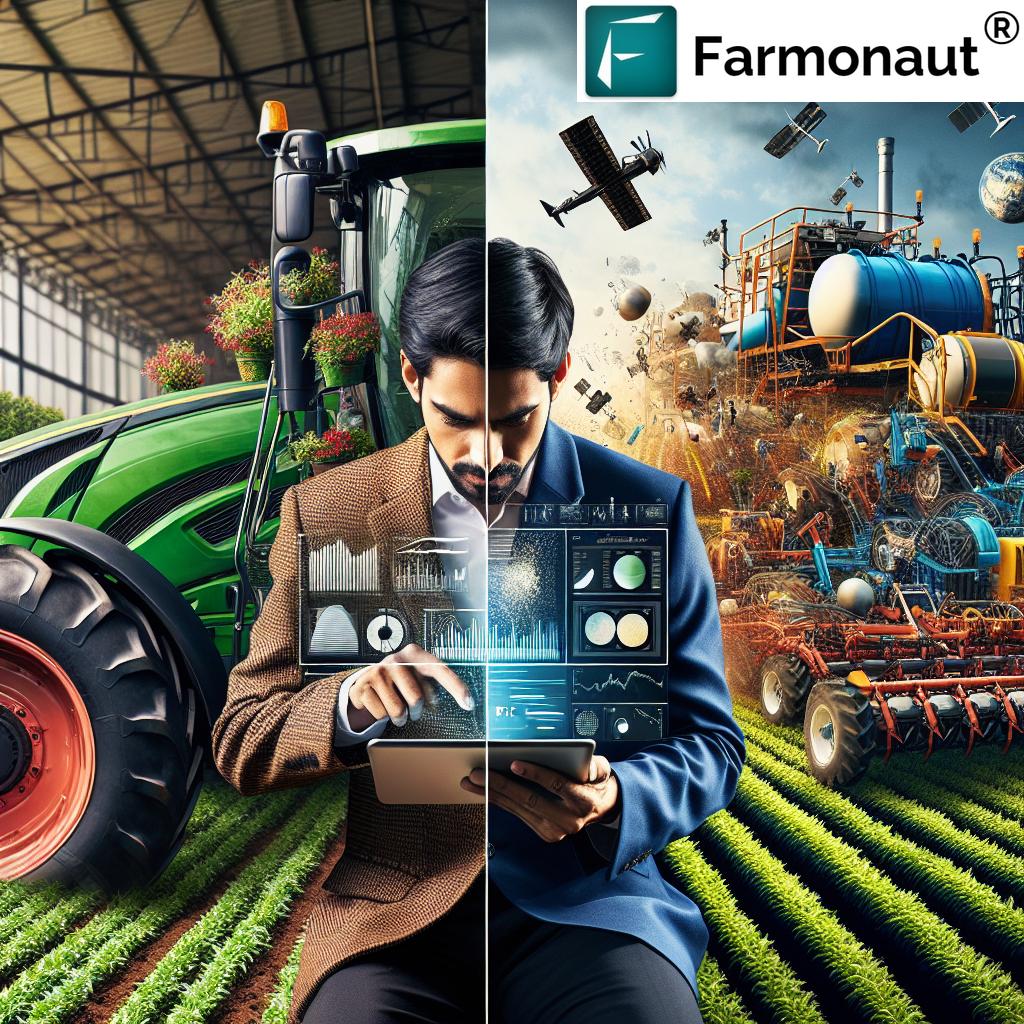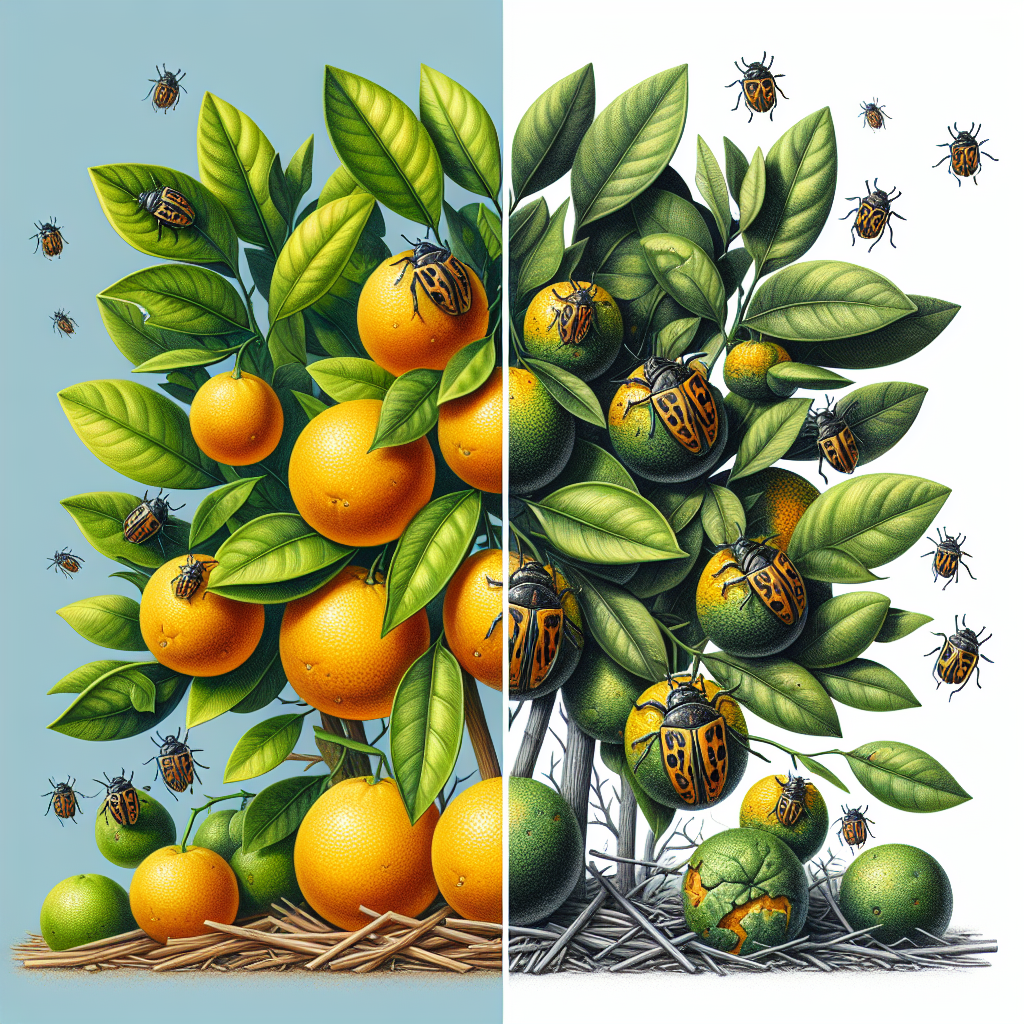Smart Farming and Agriculture: 7 Shocking Yield Hacks!
Welcome to the smart farming revolution! As global agriculture faces mounting challenges—ranging from climate change to food security, resource scarcity to market volatility—technological innovation has emerged as the driving force for sustainable growth. In this comprehensive blog, we unveil the top 7 shocking yield hacks that are transforming how crops are cultivated, monitored, and brought to market. Through a blend of precision agriculture, AI in farming, IoT, and smart analytics, let’s discover how you can increase crop yield with technology and secure the sustainable future of agriculture.
Technological Components of Smart Farming
Let’s begin by exploring the leading-edge technological components that are reshaping farming and agriculture:
- Internet of Things (IoT) in Agriculture: Smart sensors and actuators collect real-time data on soil moisture, temperature, humidity, and nutrient levels—fundamental for precision irrigation and fertilization, ensuring optimal plant growth. Learn More
- Artificial Intelligence (AI) and Machine Learning: Advanced algorithms analyze datasets to predict crop performance, detect diseases, optimize planting schedules, and recommend interventions.
Explore IBM’s Insights - Robotics and Automation: Robotic harvesters, drones, and autonomous machinery handle tasks—like planting, crop monitoring, and harvesting—boosting productivity while lowering labor costs and human error.
- Data Analytics & Big Data: With the integration of agricultural data analytics, farmers interpret vast information streams, enabling data-driven decisions on crop selection, yield prediction, and market trends.
Smart Farming and Agriculture: 7 Shocking Yield Hacks
Ready for game-changing yield hacks? Here’s our evidence-backed list of the seven most impactful innovations to increase crop yield with technology:
-
1. AI-Driven Crop Health Monitoring and Advisory Systems
- Utilizes AI and machine learning models to analyze datasets from satellite, IoT sensors, and meteorological sources.
- Early disease detection, nutrient deficiency analysis, and precise advisory on interventions—reducing loss and maximizing yield.
- Farmonaut’s Jeevn AI Advisory System is a powerful example, providing farm-specific, real-time recommendations for better management.
-
2. Satellite-Based Precision Agriculture
- Integrates satellite imagery and analytics to map and monitor crop health, soil moisture, and resource use.
- Enables precision crop management: apply exactly the right amount of water, fertilizers, and pesticides in the right places, at the right time.
- Farmonaut’s multispectral satellite imaging offers invaluable insights into vegetation health and water needs, making satellite-based monitoring accessible for every farm.
-
3. IoT Sensors for Soil and Weather Monitoring
- Soil sensors continuously track moisture, temperature, nutrient levels, and humidity—vital for monitoring root-zone health and preventing crop stress.
- Automated weather stations help forecast weather patterns and identify pest and disease risks, improving crop resilience.
-
4. Drone-Assisted Field Mapping and Crop Assessment
- Autonomous drones equipped with multispectral and thermal cameras capture high-resolution images, mapping crop health variations and detecting areas requiring attention.
- Faster, more accurate field assessment leads to targeted treatment, wasted resource reduction, and higher yields.
-
5. Robotics in Agriculture: Automated Planting and Harvesting
- Robotics and automation streamline repetitive tasks—planting, spraying, weeding, and harvesting—allowing for 24/7 operations, minimizing human error and enhancing efficiency.
- Robotic harvesters improve quality and speed, reducing post-harvest losses.
-
6. Blockchain-Based Product Traceability
- Introduces transparency and security to the supply chain—track a product’s journey from farm to table with immutable records.
- Farmonaut’s blockchain-powered traceability builds trust, assures food safety, and opens premium markets for quality-conscious producers.
-
7. Automated Resource Management and Carbon Footprinting
- Fleet management solutions optimize agricultural logistics and machinery use, reducing fuel costs and downtime—see Farmonaut’s tools for smart fleet management.
- Carbon tracking helps measure and reduce the environmental impact of your farming practices—Farmonaut’s robust carbon footprint solution helps producers comply with global sustainability mandates and attract eco-conscious customers.
These hacks aren’t merely theoretical—they’re proven, digital-age agriculture technology innovations, now affordable and scalable for farmers everywhere.
Comparative Impact Table: Yield Hacks Unveiled
| Smart Farming Technique | Estimated Yield Increase (%) | Efficiency Improvement (%) | Sustainability Impact (Score/10) | Application Example |
|---|---|---|---|---|
| AI Crop Health Monitoring | +25% | +30% | 9/10 | Early detection & intervention via advisory systems |
| Satellite-Based Precision Agriculture | +18% | +25% | 8/10 | Vegetation indices for irrigation & fertilization |
| IoT Soil/Weather Sensors | +12% | +19% | 7.5/10 | Soil moisture, temperature & humidity adjustments |
| Drone Field Mapping | +20% | +21% | 8.5/10 | Aerial assessment of health, pest, and nutrient issues |
| Autonomous Robotics | +28% | +34% | 9/10 | Robotic planting, spraying, and harvesting |
| Blockchain Traceability | +5% | +12% | 10/10 | End-to-end food supply chain tracking |
| Resource & Carbon Management | +9% | +25% | 10/10 | Fleet, input monitoring, & carbon tracking |
Applications: How Smart Farming Revolutionizes Agriculture
-
Precision Crop Management:
- By monitoring soil and plant conditions, farmers can administer water, fertilizers, and pesticides with surgical precision. This supports sustainable farming practices and maximizes crop yields while minimizing waste and environmental impact.
- Satellite-based analytics, like those provided by Farmonaut, bring real-time data within reach of every field, even at the smallholder scale.
-
Livestock Monitoring:
- Wearable IoT devices track animal health, activity levels, and location, alerting farm managers to emerging disease risks or anomalies.
- This technology leads to improved animal welfare and safer food products.
Learn More
-
Supply Chain Optimization:
- Smart technologies introduce traceability and transparency across the food supply chain, helping prevent fraud, enhance product safety, and satisfy regulatory or consumer demands.
Farmonaut’s blockchain product traceability system is an example of agri-focused transparency innovation.
- Smart technologies introduce traceability and transparency across the food supply chain, helping prevent fraud, enhance product safety, and satisfy regulatory or consumer demands.
Watch: Key Farmonaut Smart Farming Innovations
See these agriculture technology advancements in action! Explore how Farmonaut leverages AI, satellite data, and analytics for smarter, data-driven farming worldwide.
Top Benefits of Smart Farming
- Increased Efficiency: From automation to targeted resource management, precision agriculture ensures every drop of water, every granule of fertilizer, and every unit of energy is optimized for maximal productivity—directly reducing operational costs and resource waste.
- Sustainability: The focus on sustainable farming practices helps minimize negative environmental impact by reducing inputs and monitoring carbon emissions (Explore Farmonaut’s Carbon Solutions).
- Enhanced Decision-Making: Real-time data analytics and AI-based recommendations empower farmers for better, faster decisions on crop management, pest control, and harvest timing—key drivers of profitability and resilience.
- Transparency and Market Trust: With food security concerns rising globally, blockchain-based traceability and transparent supply chains allow producers to prove product origin and build brand reputation.
- Access to Financing: Verified, digital records make it easier for farmers to access crop loans and insurance, streamlining claims and ensuring security for both lenders and borrowers.
Challenges and Considerations in Smart Farming
- High Initial Investment: Adopting advanced agriculture technologies can require significant upfront capital—for sensors, automated equipment, or software subscriptions. New models, like Farmonaut’s affordable, app-based subscriptions, are addressing this barrier.
- Data Privacy and Security: As smart farming platforms collect and store sensitive agricultural data, ensuring privacy and protection from cyber threats is critical.
- Technical Expertise: Efficient use of new technologies demands digital literacy. Ongoing support, intuitive interfaces, and training are essential for widespread adoption.
- Infrastructure Limitations: Reliable internet and power supplies are still lacking in many rural areas, making it difficult to deploy or maintain cutting-edge tools.
Despite these challenges, global initiatives are making progress to render smart agricultural practice accessible everywhere.
Farmonaut: Making Precision Agriculture Accessible
Farmonaut stands at the forefront of the smart farming transformation, offering affordable, scalable digital platforms to empower agriculture and agribusinesses globally. Built for both small and large farming operations, its precision offerings include:
- Satellite-Based Crop Health Monitoring: Receive NDVI-based vegetation insights, soil moisture metrics, and early warnings, enabling real-time monitoring for enhanced farm management.
- Jeevn AI Advisory System: Tailored, AI-powered guidance on plant health, irrigation schedules, and efficient resource allocation.
- Blockchain Traceability for Secure Supply Chains: Ensure transparency in food origin—build consumer trust and appeal to premium markets (Traceability Features).
- Fleet & Resource Management: Minimize operational costs by tracking agricultural machinery, scheduling maintenance, and maximizing route efficiency. Fleet management also boosts safety and productivity at scale (Fleet Solutions).
- Carbon Footprinting: Live carbon emission data to lower environmental impact and align with global sustainability goals (Farmonaut Carbon Footprinting).
- API & Integration Options: Seamlessly connect with Farmonaut’s API and access detailed developer resources at the API Developer Docs. Enhance your own agri-tech tools or research with geospatial crop and weather data.
Unlike traditional systems, Farmonaut delivers these innovations via Android, iOS, Web App, and API—so you can manage your farm on the go, from anywhere in the world. The company’s scalable, subscription-based service structure means farmers only pay for what they need, from single fields to vast plantations.
Recent Developments in Smart Farming & Tech
- Farming tech showcased at CES: New green innovations and agricultural initiatives point toward widespread technology adoption. See CES updates
- Empowering smallholder farmers with AI tools: The democratization of AI in farming holds the key to boosting global food security. Read Reuters analysis
-
Rise of autonomous agricultural technology: From fully autonomous machinery to advanced robotic harvesters, the future of crop monitoring solutions is here.
Discover what’s next for automated agriculture -
Global policy advances: Nations like China and India are rolling out massive digital farming agendas to secure food supply for the next generation.
China’s digital agriculture initiative |
India’s satellite-powered agriculture
Frequently Asked Questions (FAQ)
What is smart farming in agriculture?
Smart farming, or precision agriculture, is the use of advanced technologies such as IoT, AI, robotics, and data analytics to optimize crop production, resource use, and sustainability in modern agricultural practices.
How does AI help increase crop yield?
AI analyzes massive datasets for weather, soil, and plant health, enabling early detection of pests and diseases, customized intervention recommendations, and optimizing planting and harvesting schedules. This results in higher yields and resource efficiency.
What is the role of IoT in agriculture?
IoT in agriculture involves deploying sensors and actuators to collect real-time data on soil, weather, and crop health. This supports precise irrigation, effective fertilization, and better decision-making across the farm.
How does Farmonaut differ from other agricultural technology providers?
Farmonaut uniquely leverages satellite imagery and AI/ML for affordable, scalable crop health monitoring, resource management, carbon footprinting, traceability, and robust advisory services—all accessible via app and API without the need for costly on-field gadgets.
Is Farmonaut suitable for smallholder farmers?
Yes. By replacing expensive hardware with affordable satellite-based analytics delivered via mobile and web interfaces, Farmonaut democratizes access to precision agriculture, making advanced tools accessible and affordable for every farm size.
How secure is agricultural data with Farmonaut?
Farmonaut prioritizes data privacy with robust cybersecurity measures and blockchain technology for traceability, ensuring both producers and consumers can trust the security and transparency of agricultural data.
Conclusion: Embracing a Smart, Sustainable Future
Smart farming is no longer a distant dream—it’s our present and the path forward. By thoughtfully integrating precision agriculture, IoT in agriculture, AI in farming, agricultural data analytics, robotics, and blockchain solutions, we can overcome the most daunting challenges facing modern agriculture. Platforms like Farmonaut put these powerful crop monitoring solutions into the hands of every farmer, making sustainable, high-yield agriculture not just attainable, but practical for the entire food system.
To increase crop yield with technology, sustain our environment, and enhance global food security, the adoption of smart farming is imperative. Whether you’re a smallholder in India, an agribusiness in Egypt, or a policymaker seeking resilience, the future of agriculture is digital, data-driven, and dazzling with potential.


